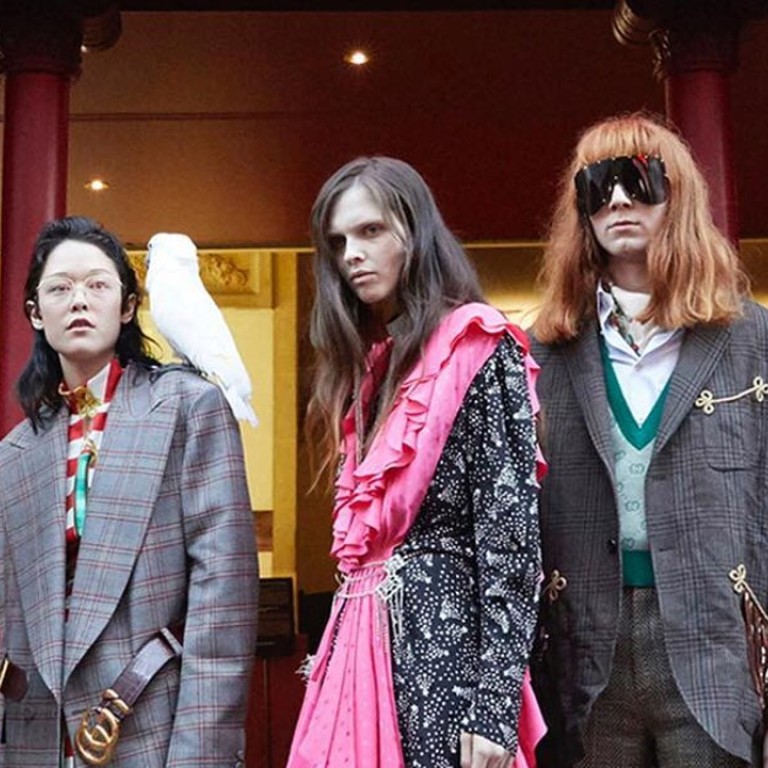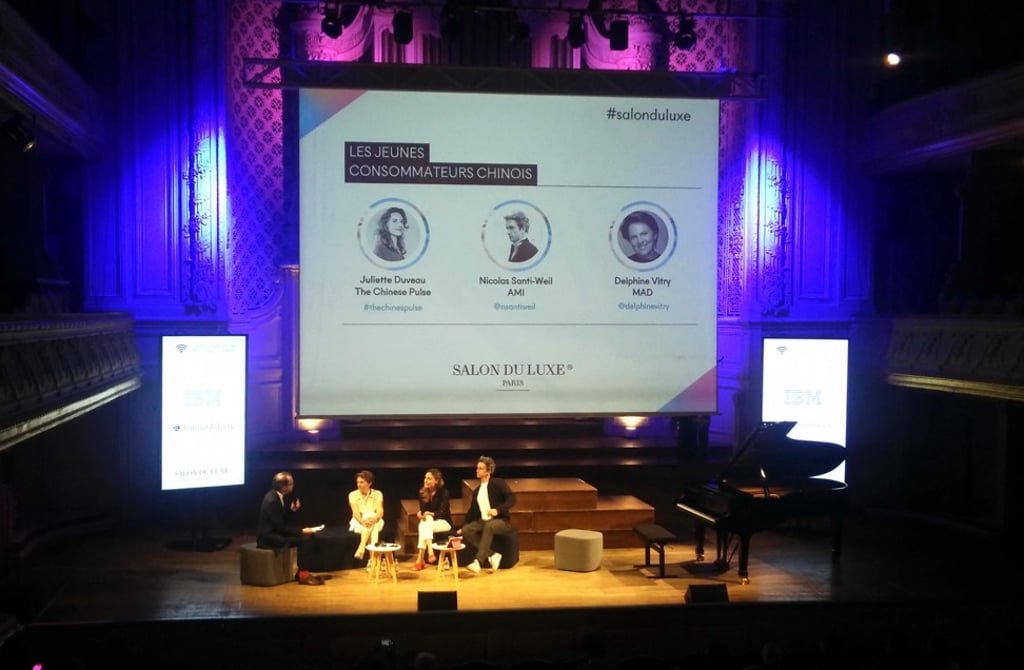How digital tools are helping brands reach Chinese consumers

Luxury brands like Louis Vuitton, Cartier, Christian Dior and Gucci are using digital tools, such as WeChat and Weibo, to connect with Chinese millennials
“Our sales are slowing down in Europe, even if we have a great media plan focused on premium media that have been long-time partners …” the senior executive of a famous fashion house said to me during a lunch meeting in Paris. My answer was quite simple: “I don’t think your final customers in Europe read French magazines. I believe that your typical client is probably a young woman glued to her smartphone, reading bag reviews on WeChat in Chinese.”
My name is Akim Mousterou, I’ve been a business consultant specialising in the fashion and luxury industries for more than 10 years.
The fast-evolving Chinese consumers have a strong impact on the luxury industry in both China and abroad. In their daily life, Chinese customers have already incorporated seamless shopping experiences into their lives – more than their European and American counterparts. With a thirst for knowledge, Chinese consumers are becoming more experienced about the topics of design and craftsmanship. When fashion houses are just barely starting to understand millennials on Instagram, most of them are completely “lost in translation” with Chinese millennials on Sina Weibo or WeChat.
For fashion brands, the key for growth is to attract the hyper-connected Chinese customers. The great unsolved mystery is how to be relevant on social media platforms composed of a billion monthly active Chinese users.
In a report from McKinsey & Company, titled “Chinese luxury consumers: More global, more demanding, still spending”, it was revealed that the Chinese market will grow steadily, reaching almost 44 per cent of the total luxury market by 2025, with total wealthy households in China topping 7.5 million yuan (HK$8.5 million) and spending more than 1 trillion yuan in luxury goods. In reality, for many fashion houses, more than half of their revenue is already coming from Chinese customers.
Unfortunately, with a “Western-centrism” mindset, marketing and communication directors of luxury houses lack cultural knowledge of China and its consumers. Doing business with Chinese customers is not limited to giving red envelopes for the Lunar New Year. In Paris, each business conference about fashion or luxury, you will have at least one panel focused on how to lure Chinese millennials. During these business conferences, it is not uncommon to hear sentences from guest speakers such as “Chinese Valentine’s Day is in the middle of August, because China is based on a lunar calendar” talking about Qi Xi Festival (七夕) or “We did a one-day event for Golden Week (黄金周)”. While PR and communication directors are acutely aware of most of the influential Hollywood stars from actresses and actors to musicians and TV personalities, sadly the only Chinese celebrity they know is Fan Bingbing.
During the last 10 years, as a contributor in various international magazines and newspapers, I’ve witnessed the fall of print media and the rise of the digital, as well as the ever-evolving change of influencers.

